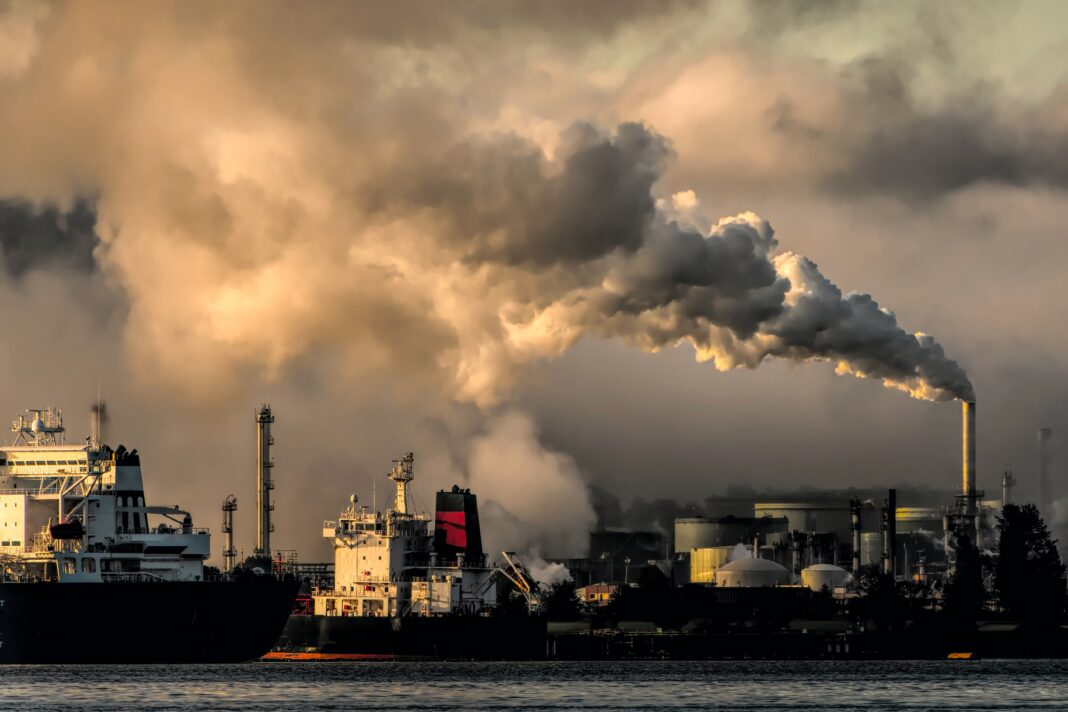Parliament wants an ambitious carbon levy on imported goods to stop companies from avoiding emissions rules by moving outside the EU, a practice known as carbon leakage.
As European industry struggles to recover from the Covid-19 crisis and the impact of the war in Ukraine, the EU is trying to honour its climate commitments, whilst keeping jobs and production chains at home.
About 27% of global CO2 emissions from fuel combustion come from internationally traded goods and emissions from EU imports have risen, undermining its climate efforts.
What is carbon leakage?
Carbon leakage is the shifting of greenhouse gas emitting industries outside the EU to avoid tighter standards.
How can the EU prevent carbon leakage?
EU efforts to reduce its carbon footprint under the European Green Deal and become sustainably resilient and climate neutral by 2050, could be undermined by less climate-ambitious countries. To mitigate this, the European Commission proposed a Carbon Border Adjustment Mechanism (CBAM) in July 2021 , which would apply a carbon levy on imports of certain goods from outside the EU.
This mechanism is also part of a series of laws being adjusted under the Fit for 55 in 2030 package to deliver on the European Climate Law, through a decrease of greenhouse gas emissions of at least 55% by 2030 compared to 1990 levels.
Find out more on the EU policy to reduce carbon emissions
How will a European carbon levy work?
If products come from countries with less ambitious rules than the EU, the levy is applied, ensuring imports are not cheaper than the equivalent EU product.
Given the risk of more polluting sectors relocating production to countries with looser greenhouse gas emission constraints, carbon pricing is seen as an essential complement to the existing EU carbon allowances system, the EU’s Emissions Trading System (ETS).
Existing carbon pricing measures in the EU: the Emissions Trading System
Under the current Emissions Trading System (ETS), which provides financial incentives to cut emissions, power plants and industries need to hold a permit for each tonne of CO2 they produce. The price of those permits is driven by demand and supply. Due to the last economic crisis, demand for permits had dropped and so had their price, discouraging companies from investing in green technologies. In order to solve this issue, the EU is reforming the trading system – as foreseen under the Fit for 55 package.
Carbon Border Adjustment Mechanism rules
After reaching a provisional agreement with EU countries in December 2023, Parliament adopted the rules for the Carbon Border Adjustment Mechanism in April 2023. It will cover goods from energy-intensive industries such as iron, steel, cement, aluminium, fertilisers and hydrogen. Initially it should apply to direct emissions – greenhouse gases emitted when the goods are produced until they are imported into the EU. But in the future it will also apply to indirect emissions – arising from the generation of electricity used to produce the goods covered by the legislation.
Who will pay the levy?
Importers will have to pay any difference between the carbon price paid in the country of production and the price of the EU’s Emissions Trading System for carbon allowances. They will have to report on a quarterly basis the direct and indirect emissions from goods imported during the previous quarter as well as any carbon price paid abroad.
When will the new carbon levy apply?
The length of the transition period and the full phase in of the Carbon Border Adjustment Mechanism will be linked to the phasing out of free allowances under the Emissions Trading System, so will be gradually introduced between 2026 and 2034.
What will the money collected via the EU carbon levy be used for?
MEPs supported the Commission proposal to use the revenues generated as new own resources for the EU’s budget.
In addition, money should be channelled to less developed countries to help with the decarbonisation of their manufacturing industries.









